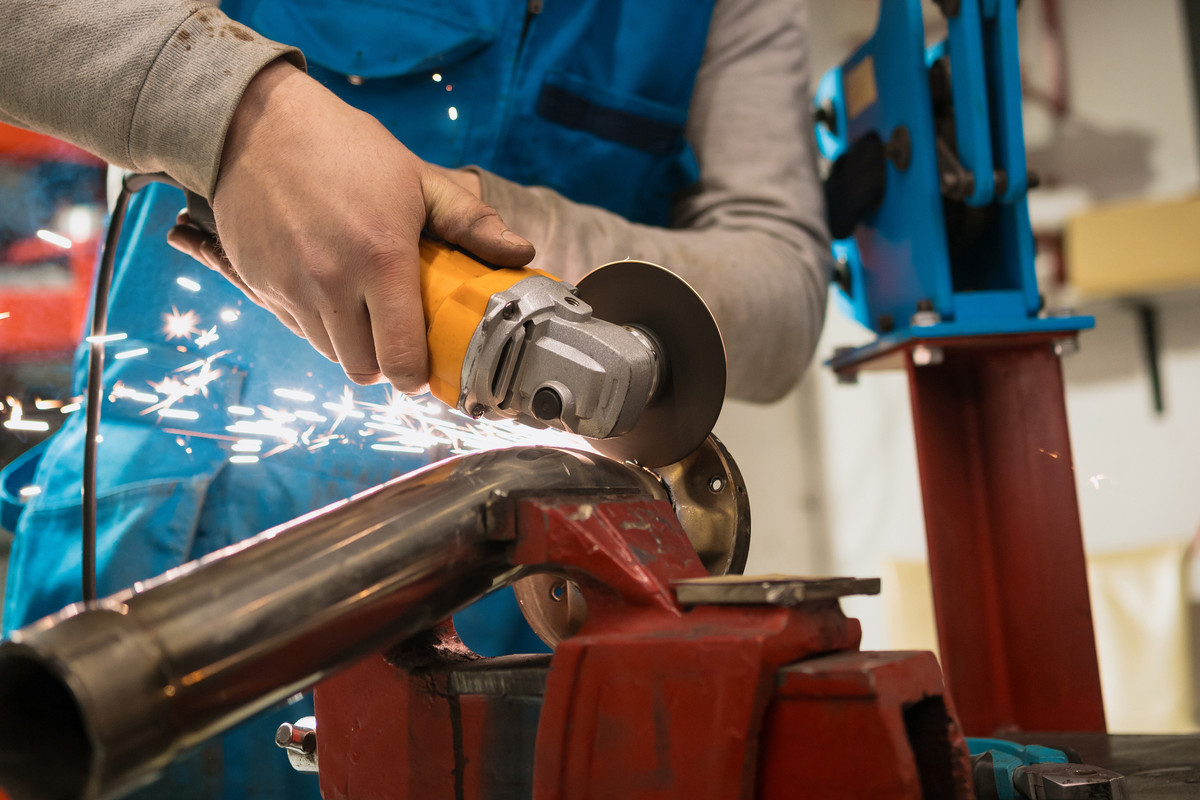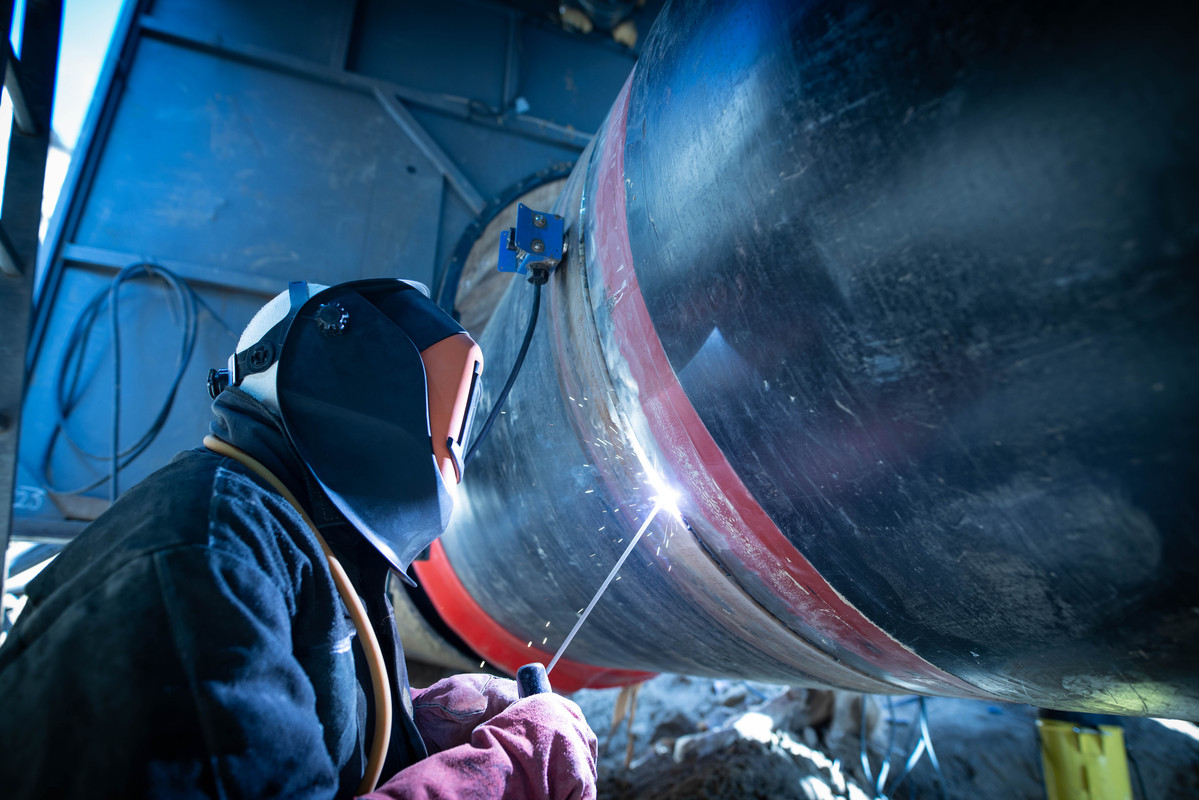Introduction:
When it comes to maintaining the integrity of steel structures, one of the most critical aspects is addressing failures promptly and effectively. And this is where steel structure failure repairs come into play. These repairs are pivotal in ensuring the longevity of structures and in safeguarding their resilience to withstand the test of time and environmental elements.
Now, you might wonder what causes steel structures to fail? It's usually a combination of factors like design flaws, material deficiencies, improper construction techniques, or even natural disasters. These can lead to issues like structural deformation, corrosion, and cracking.
But fear not, because with professional steel structure failure repairs, we can restore the structural integrity to its original state. Skilled repair technicians undertake thorough inspections to identify the root cause of the failure. They then follow a meticulous process to repair and reinforce the structure, using advanced techniques and high-quality materials.

Remember, regular maintenance and timely repairs not only prolong the life of your steel structures but also reduce potential safety risks. So, don't let that minor crack or rust patch escalate into a major issue. Invest in professional steel structure failure repairs today and ensure the safety and durability of your structures. After all, the longevity of your structures is a testament to your commitment to quality and safety.
Steel structures are a prevalent part of our modern infrastructure, used in everything from skyscrapers to bridges, due to their strength and durability. However, as with any material, steel structures can fail. This article delves into the causes of steel structure failure, effective repair techniques, and preventive measures to maintain structural integrity.
Causes of Steel Structure Failure:
Steel structure failures can occur due to various reasons, including corrosion, fatigue, overloading, and design defects.
- Corrosion: This is a common cause of steel structure failure. When steel is exposed to oxygen and moisture, it can rust, leading to a reduction in its structural integrity
- Fatigue: Steel structures can be subjected to repeated stress, causing them to weaken over time. This is known as fatigue and can lead to structural failure if not appropriately managed
- Overloading: When a steel structure is subjected to loads exceeding its capacity, it can fail. Overloading can result in deformations and cracks
- Design Defects: Inadequate or erroneous design can compromise the structure's integrity, leading to failure.
Common Repair Techniques:
Several repair techniques can be applied to steel structures experiencing failure, depending on the severity and cause of the failure. These include welding, patching, and full section replacements.
- Welding: This technique is used to repair cracks or fractures in steel structures. The damaged area is filled with molten metal to restore its integrity.
- Patching: This involves covering the damaged area with a patch made of the same or similar material. This technique is often used for minor damage.
- Full Section Replacement: In cases of severe damage or when other repair techniques are not applicable, the entire damaged section of the structure may need to be replaced.
Regular Maintenance for Steel Structures:
Regular maintenance is critical to preventing steel structure failure. This includes regular cleaning to prevent rust formation, painting or coating to protect against corrosion, and regular inspections to identify and address potential problems early.
The Importance of Regular Steel Structure Inspections:

Regular inspections are a crucial part of maintaining the integrity of steel structures. Inspections can identify signs of damage or wear, allowing for timely repairs and preventing more extensive, costlier damage down the line.
The Role of Structural Engineering in Steel Structure Repairs:
Structural engineering plays a vital role in the repair and maintenance of steel structures. Structural engineers can assess the extent of damage, determine the most appropriate repair technique, and oversee the repair process to ensure it’s carried out correctly.
Conclusion:
While steel structures are known for their strength and durability, they are not immune to damage and failure. However, understanding the causes of steel structure failure and implementing effective repair techniques can mitigate these issues. Regular maintenance and inspections are crucial in maintaining the integrity of steel structures, and the role of structural engineering in this process cannot be overemphasized. By taking these steps, we can prolong the life of our steel structures and ensure their safety.
Steel structure failure repairs are not only imperative for the longevity of the structures but also for the safety of those who use them. Therefore, a comprehensive understanding of the causes, repair techniques, and preventive measures is essential for anyone involved in the construction or maintenance of steel structures.

No comments:
Post a Comment